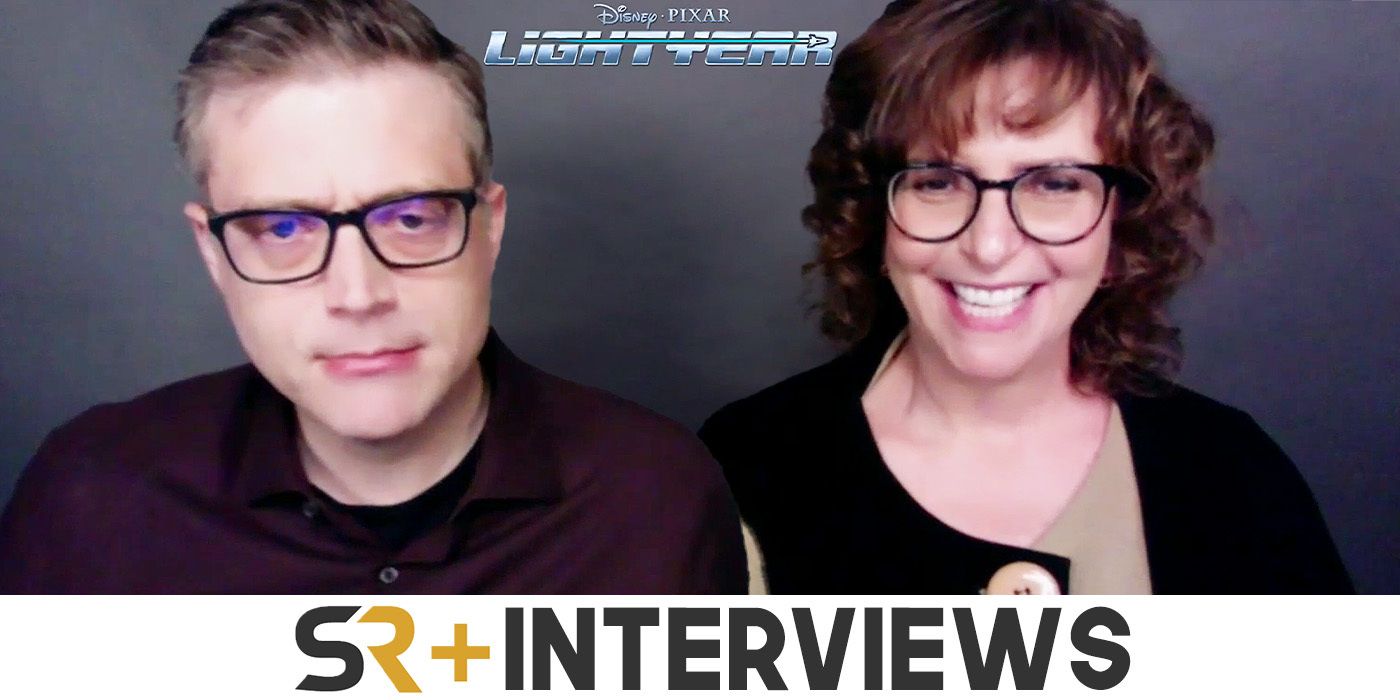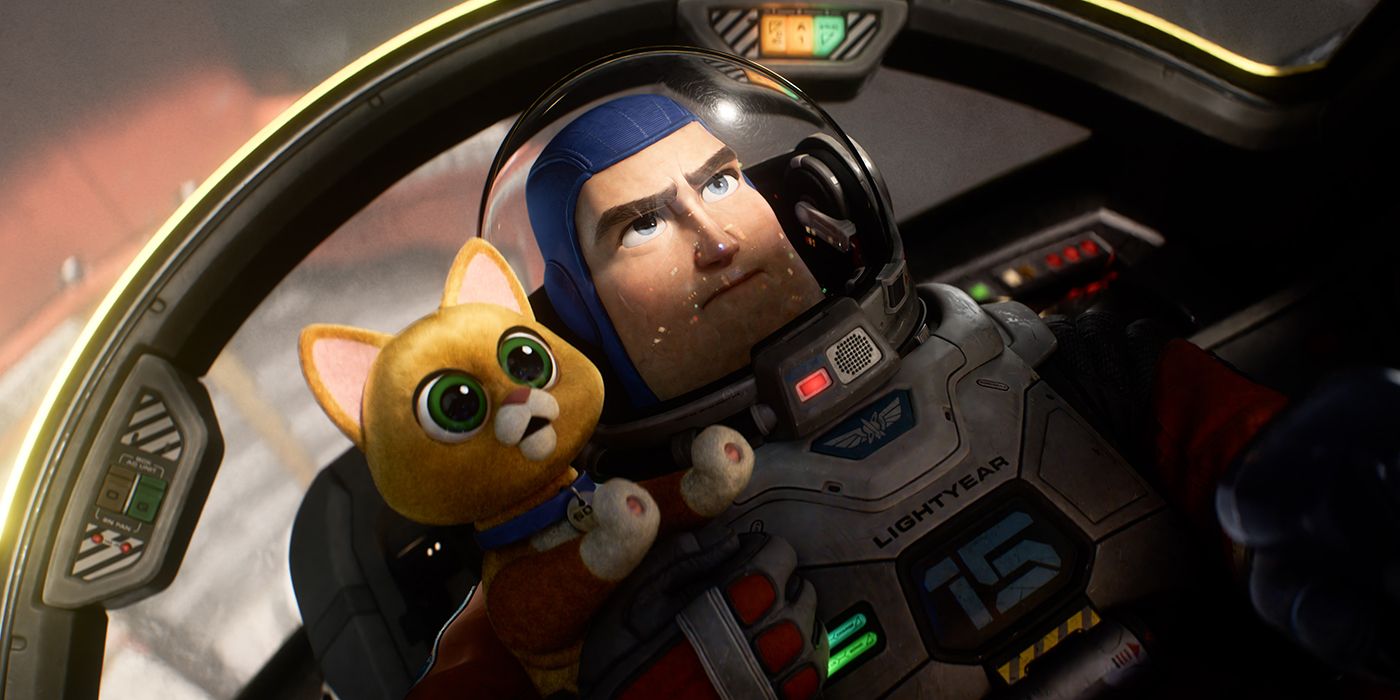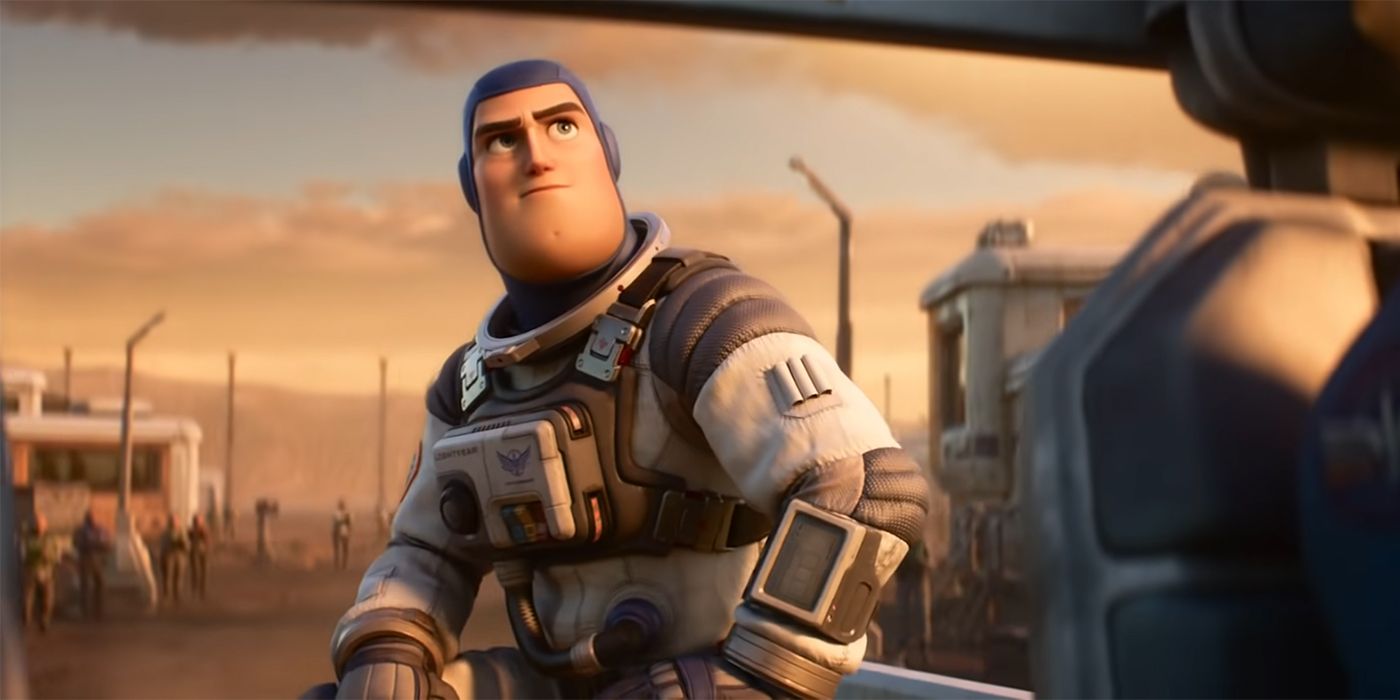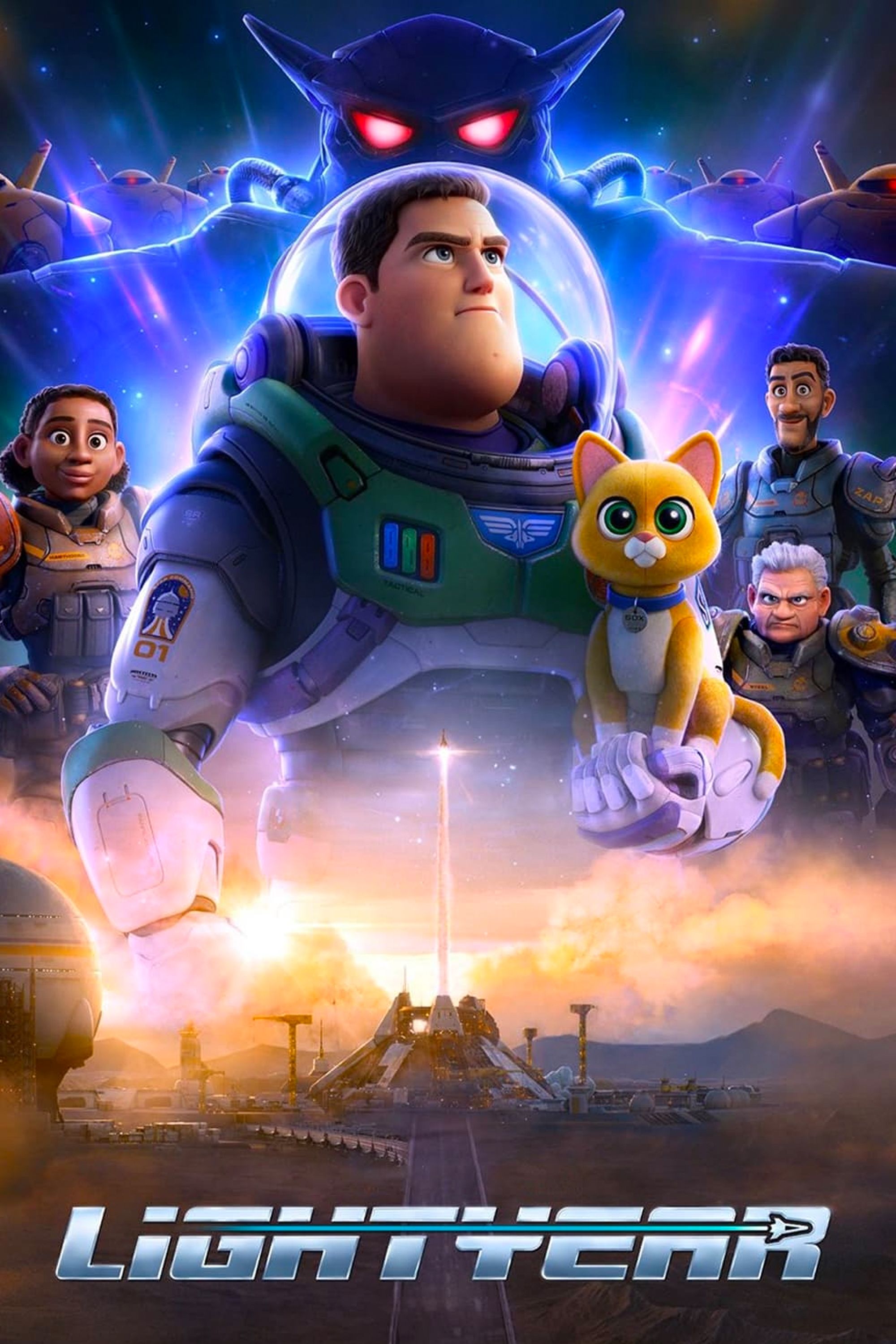Pixar is back and flying audiences to infinity and beyond with Lightyear. The Toy Story spinoff serves as an origin story for the fictional character that inspired Tim Allen's fan-favorite toy. In the movie, he and his fellow Space Rangers find themselves marooned on an alien planet and try to find a way to escape before it's too late.
Ahead of the film's release, Screen Rant spoke exclusively with director Angus MacLane and producer Galyn Susman to discuss Lightyear, branching out the Toy Story canon, and the potential future of the series.
Screen Rant: From what I've seen so far, Lightyear is a lot of fun. I'm really looking forward to getting to see the whole thing. One of the things that I love about the Toy Story franchise, having grown up with it, is that a lot of people seem to forget that there was already a Buzz Lightyear spinoff in the form of the animated TV show, with Patrick Warburton having played the character instead of Tim Allen. Since you've worked with the franchise for so long, what was it like keeping that show in mind while you were also developing this film?
Angus MacLane: Well, that show was developed when we were doing Toy Story 2, and I always imagined that it was like the Ewoks or the Droids to the Star Wars universe. I feel like when they were making Return of the Jedi, they weren't thinking about Droids and they weren't thinking about Ewoks. So, that's about as much as I thought about it.
Galyn Susman: As in not at all?
Angus MacLane: Not at all, because in my mind, that hasn't gotten produced [yet]. Say that exists in the universe of the Toy Story universe. There's that animated Pixar intro that, incidentally, I directed many years ago for that. If anything, that's a metaphor for the way we viewed that. That's a separate thing; there's a wall of a TV between them.
So, really, that's meant to take place in the same timeline as Star Wars to Ewoks.
What was it about Lightyear that you wanted to make your feature directorial debut with?
Angus MacLane: Well, I really liked the character of Buzz, and I really like sci-fi as a setting, I feel like there have not been very many good sci-fi movies in history. There's a lot of bad ones, there's some great ones, and it's a really challenging airspace to operate within. When you're making a sci-fi movie, there's so much mythology and exposition you can get locked into, and you only have 90 minutes to tell a Pixar movie.
Buzz Lightyear afforded a nice compromise between all of those things, of having a little bit of an established ethos of his universe, but then a lot of opportunity to tell [what] he was originally designed to be. It's kind of an amalgam of all the sci-fi things that I was excited about as a kid, so it was a way to both explore the nostalgia of the films I grew up with and at the same time work within the Pixar framework and try to push it a little bit in a direction towards a more straightforward sci-fi action adventure film.
Galyn, you've been a producer on a number of Pixar projects, including the Toy Story franchise. What was it about Angus' vision with Lightyear that made you want to contribute as a producer?
Galyn Susman: I am a sci-fi nerd through and through, so he didn't really have to sell it to me at all. I was in the second that [he approached me], like, "Yeah, I want to make that movie." So, that was really never a problem - and I think that [it's] the opportunity to build a crew that could really let loose their creative juices to make something like this.
It's been pretty darn inspiring. And this crew puts up imagery that, every day when we're reviewing it in the theater, I am in awe of what they're making. They're just taking it beyond anything I could have hoped for, so it's been exceptional. It's been a great experience.
What would you say were some of the biggest creative challenges, especially in regards to trying to find a compromise between the Pixar mold and your desire for heavy sci-fi?
Angus MacLane: The character Buzz Lightyear is a secondary sidekick character who helps inform Woody on his journey for change in all of the Toy Story films. There has never been a movie about Buzz. Making a movie, taking a sidekick and making a protagonist, is always a big challenge. So, how that manifested itself in this film was trying to find the right tone of: you're going to have a character that we're familiar and certain aspects of that character.
The Space Ranger Buzz in the Toy Story movies? There's not a lot of screen time [for that]. He starts changing almost immediately. That's a very two-dimensional character if you spread it out over a feature length, so we needed to expand that. And in doing so, because the character changes, you need to have a place for them to start; a place for them to go while still honoring and having a recognizable Buzz Lightyear characteristic. That was a pretty big challenge creatively.
I know in the presentation you had last week, you showed a timeline in which this was basically made over the course of a decade. What would both of you say it was like working on this film in the midst of the pandemicy?
Galyn Susman: Initially, when we first went home, it was like, "Are we really good to be able to do this?" because it's such a collaborative art form, and we never had any situation where we were trying to do anything remotely with our films. I think even the first six months was still like, "Are we really doing this? Can we really do this?"
There were times that were just exceptional. I can think of one of our directing animators whose baby's on his back, and he's giving animation notes. You just get this window into how people live their lives and balance their lives and that work-life balance - which, ultimately, there's a lot of that theme in this film. So, being able to be exposed to the entire crew's juggling of their work-life balance while telling the story was quite inspirational.
Angus MacLane: Yeah, it's inextricable from the pandemic as far as the production to make the movie collectively, but [being] separated was the biggest technical challenge of the film.
Then it was a big mental challenge, too, in the sense that films require so much extra work and that's usually fueled by a collaboration of physical proximity. Without that, it added an additional strain, but it was quite profound as far as such a moment in history, and then how it should affect everyone universally. For me, the way I look at the film was it was nice to have that project. I was very fortunate to have this creative outlet in an extraordinarily difficult time period.
For my final question, with building out this world around Lightyear for the film, have you thought at all about branching out further with Lightyear and these characters for future stories?
Galyn Susman: Don't we have a pinky promise for one of these? Like, we're not going to talk about it now until we're done. [Laughs]
Angus MacLane: To me, I look at it as what I liked about Star Wars is that it always allowed for the expansion of what the world could be. I think that open ended-ness is often what's most exciting. It's when you start closing those doors and connecting those things that it becomes less compelling.
So, our focus right now is honestly finishing this movie, but it's meant to be this like island of a narrative that is very much... We don't start when Buzz is born. It was very much this thing that you'd imagined stuff before and afterwards. I think connecting it is risky, but who knows?
Lightyear soars into theaters on June 17.




